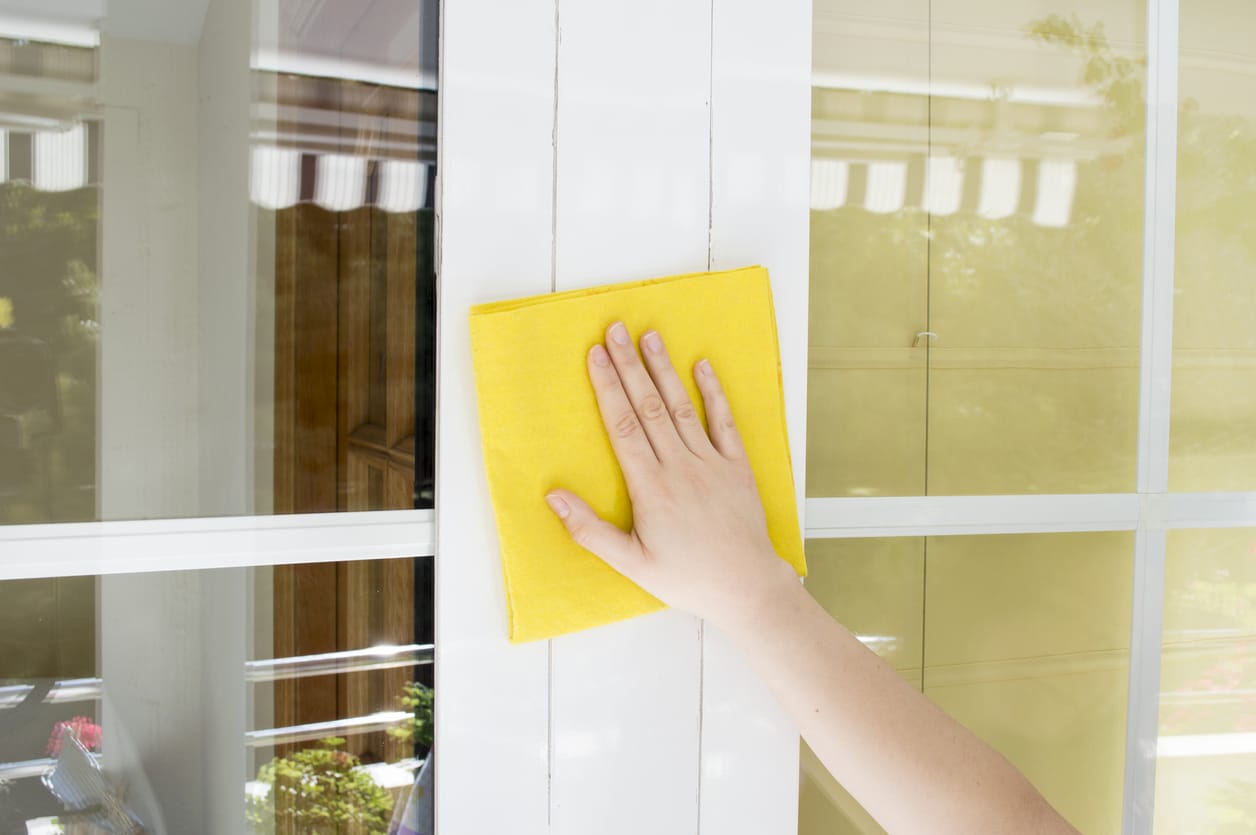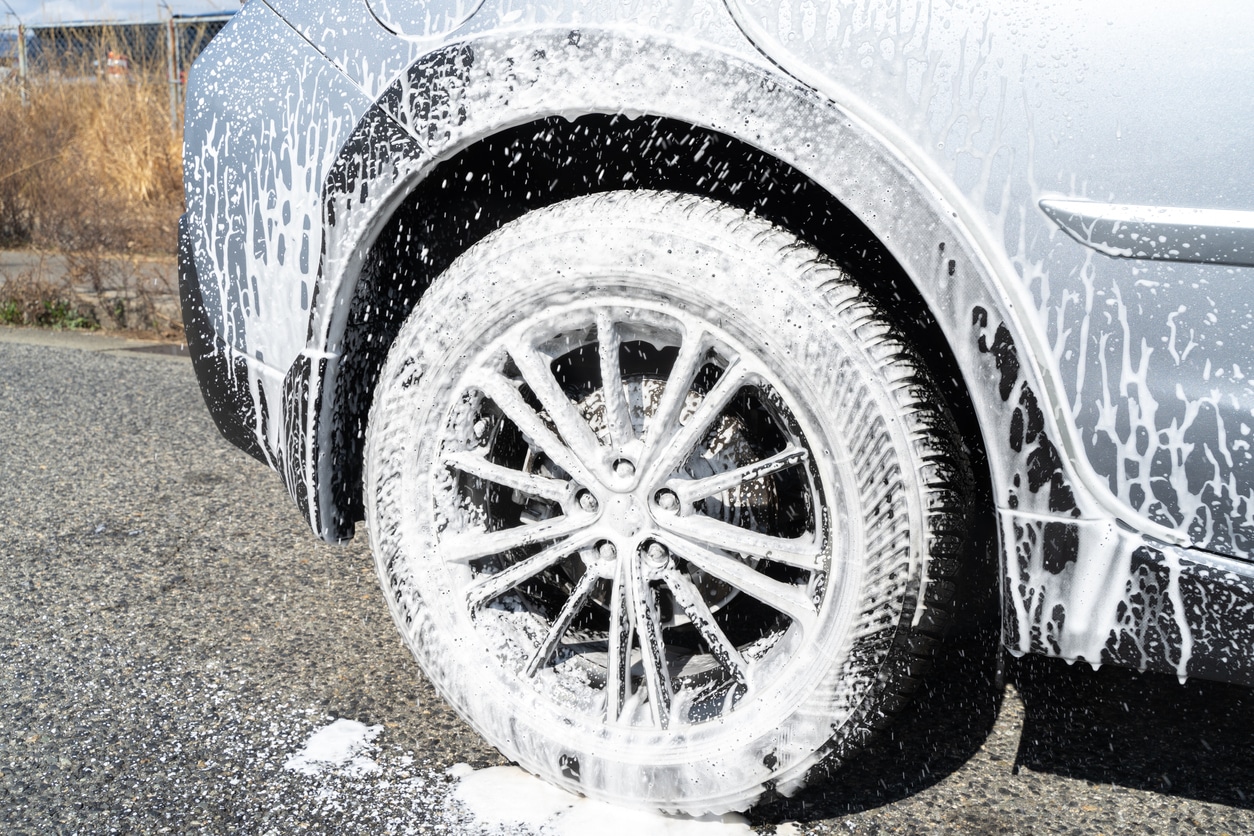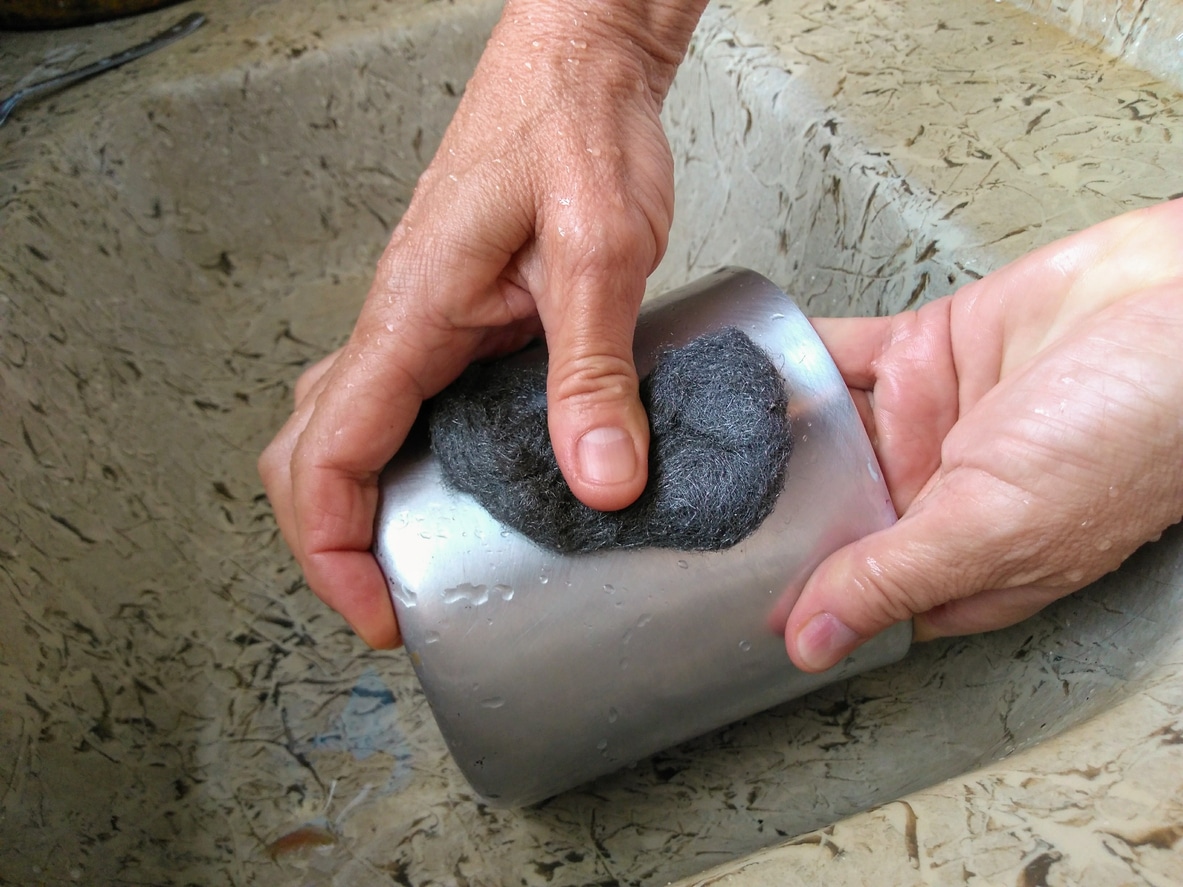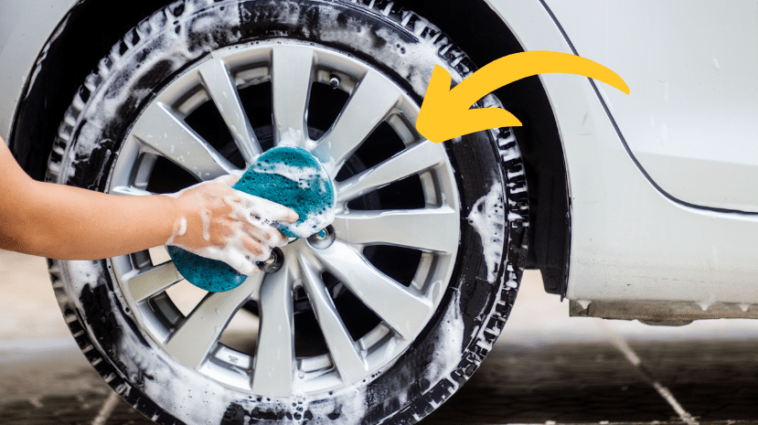Kitchen splashbacks, saucepans, car rims, bicycles, electronic devices or household appliances, decoration, windows… aluminum is a versatile material that is found everywhere in our daily lives. Although it is valued for its lightness, durability and corrosion resistance, it can eventually tarnish, stain and lose its luster over time, whether brushed or not. Fortunately, there are several simple and effective tips for reviving the shine of aluminum without harsh chemicals. Find out how to clean aluminum to restore its former luster and extend its lifespan. With the right natural, ecological and economical household products, you will see that it is possible to work wonders without scratching or damaging the metal!
How to tell the difference between stainless steel and aluminum?

If you have not installed your kitchen, you may not be able to know what metal it is. The same goes for all metal objects for which we do not necessarily know the composition in detail. To avoid damaging them, learn to differentiate between stainless steel (inox) and aluminum. You can therefore choose to use natural household products to clean stainless steel or aluminum.
This can indeed sometimes be tricky, as they can have visual similarities. However, it is possible to distinguish them using a few clues. For example, unless it has a matte or textured finish, stainless steel generally has a smoother and shinier appearance than aluminum. Furthermore, aluminum is around three times lighter than stainless steel, which can already make it possible to tell the difference between two similar objects. You can also use a magnet to identify possible magnetism. Indeed, aluminum is not magnetic. Finally, it conducts heat better. If you heat these two materials, it will therefore be warmer than stainless steel to the touch.
How to clean aluminum?

Soapy water
For a lightly soiled metal surface, a little soap (dishwashing liquid, Marseille soap, etc.) diluted in lukewarm water will not do the trick. It will be enough to take some with a sponge before rubbing (without using the abrasive side), then rinse and carefully dry the freshly cleaned area with a clean, dry soft cloth.
Baking soda
Form a soft paste with baking soda and water, then apply this mixture gently. All you have to do is rinse and dry the metal to make it shine.
The vinegar-coarse salt combination
Heat your vinegar in the microwave or in a saucepan and add a little coarse salt. Mix well to help dissolve the grains to obtain a very smooth and homogeneous liquid. You can polish the dirty surface using a soft sponge, paying a little more attention to very dirty parts and stains. This will allow you to clean and remove your metal in a single action. Finish with a thorough rinse and dry.
The clay stone
On very dirty alumina, nothing beats clay stone which will remove grease stains and other difficult dirt. Simply take a little of this paste with a sponge before rubbing, rinsing and drying everything. Above all, take the time to rinse and dry thoroughly to avoid leaving white dirt everywhere.
The white of Meudon
Also ideal for cleaning and shining stainless steel sinks covered in limescale, the Blanc de Meudon works miracles on very dirty aluminum. To do this, take a little powder and mix it with water to obtain a very soft paste. Apply everything to the aluminum using very gentle circular movements. A good rinse and drying will do the rest!
Household alcohol or window cleaner
Soak a microfiber cloth with household alcohol (or window cleaner if you are not very particular about the composition of your products). You can also spray the metallized surface directly before rubbing with your cloth if the product is packaged in spray.
How to remove aluminum materials?

Dishwashing detergent
On simple limescale stains or small, slightly stubborn stains, a few drops of dishwashing liquid on a damp cloth may be enough to achieve good stain removal. Remember to wipe with a clean microfiber after having carefully removed your objects to remove any trace of residual moisture. For difficult black spots, add a little fine salt to soapy waterthen apply everything with a sponge, rubbing gently. After rinsing and drying, the aluminum will be like new.
Baking soda against black spots
Well diluted in hot water with dishwashing liquid, sodium bicarbonate is ideal for removing black stains from aluminum. All you need to do is apply this mixture with a sponge, rinse and gently polish the cleaned surface to restore its shine.
Lemon against white spots
For stubborn white stains, nothing beats lemon juice. Simply take a little on a damp cloth and rub the area to be treated gently. All you have to do is wipe with a clean cloth to dry and polish everything.
The recipe for stubborn stains on alumina
No stain can resist a paste made from hot vinegar, sea salt and olive oil (only a small drop). Use a clean soft cloth to apply this stain remover cleaner, then rinse and dry well.
How to make an aluminized surface shine?
Many people use ammonia to restore shine to this metal. However, it is not the least harmful cleaning product. Fortunately you can replace it with a few simple drops of olive oil on a soft cloth to gently polish the entire surface to be treated. Take your time for uniform application. Then use a clean cloth to remove the excess and fine-tune the polish. Shine guaranteed!
What are the mistakes to avoid when maintaining aluminum?

When cleaning aluminum, especially when dry cleaning, avoid scrubbing the surface too vigorouslyas it may cause scratches. Instead, use gentle, circular motions to remove dirt or dust. However, if you use a liquid, be sure to dry the aluminum thoroughly after cleaning to avoid stains or water marks (especially limescale stains when using tap water). Moreover, avoid using a high pressure cleaner or putting the aluminum in the dishwasher (unless otherwise advised by the manufacturer) and to immerse your metallized objects in water for too long.
Otherwise, avoid using rough rags, metal scrapers, brushes, paper towels or scouring pads which could leave scratches on the aluminum. Instead, favor soft lint-free materials (microfiber cloth, soft sponge, etc.). The same goes for corrosive chemicals (bleach, chemical stripper, etc.) which can damage the metallized surface by causing scratches or corrosion and which should therefore be banned.


